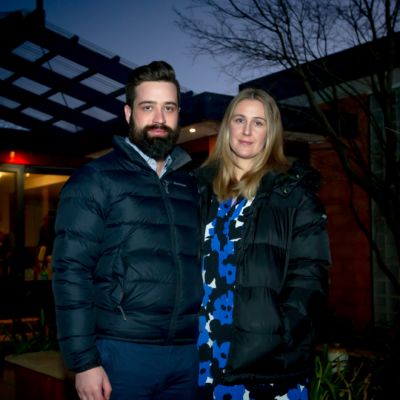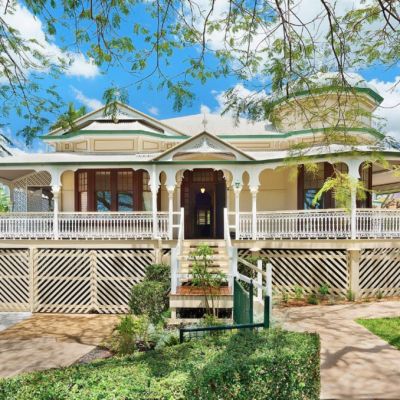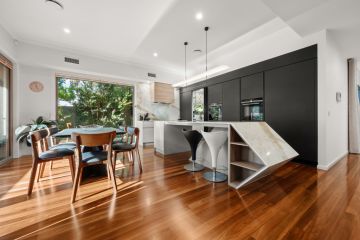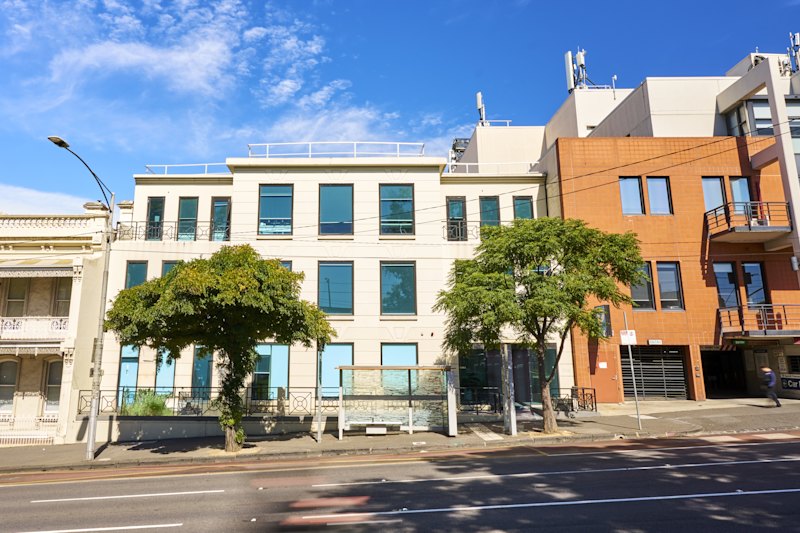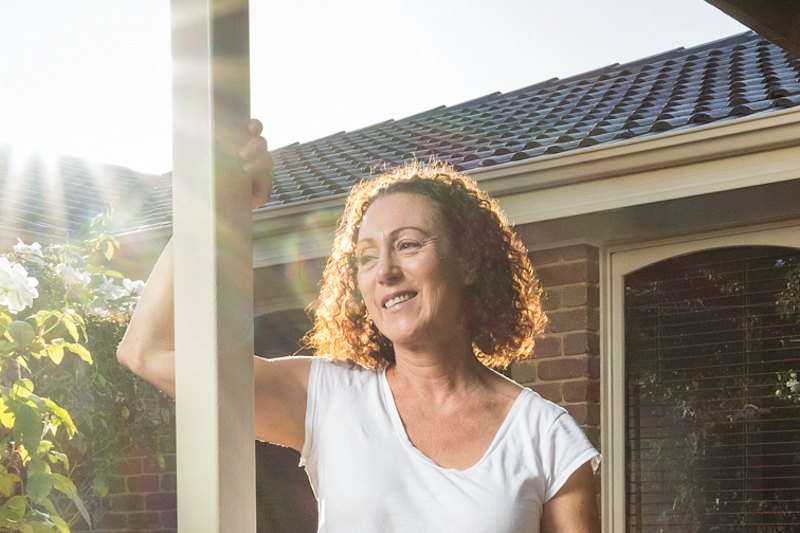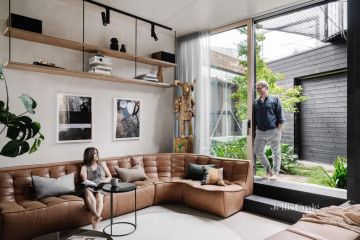The Canberra suburbs where houses earn more than you do
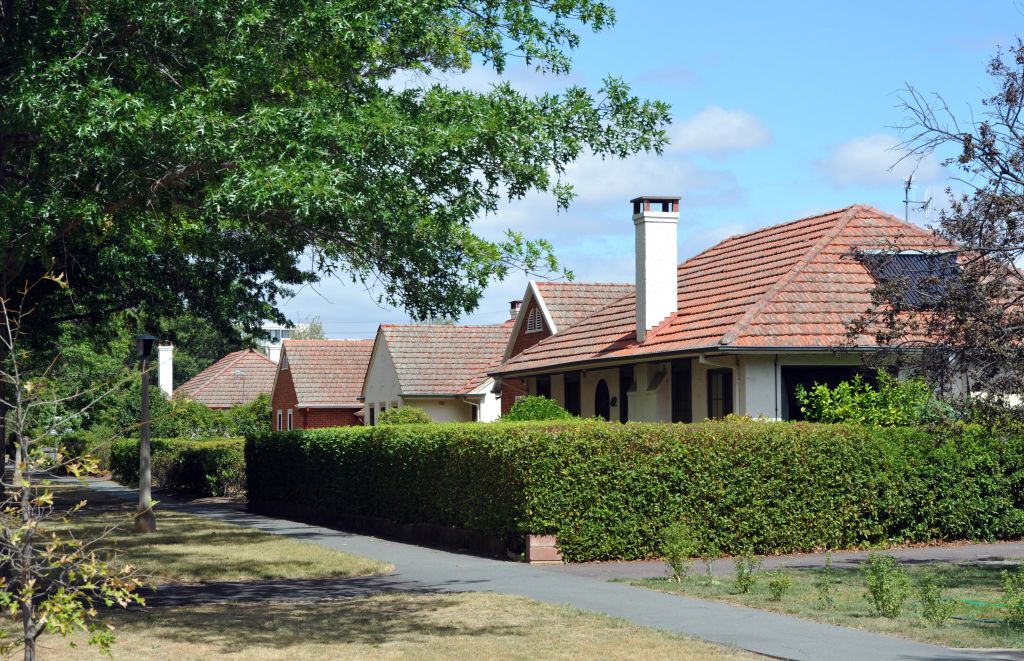
House price rises in more than a dozen suburbs in Canberra have outpaced household incomes, with houses in a handful of suburbs increasing in value by $100,000-plus more than their owners earn in a year.
New analysis from Domain revealed houses in 14 suburbs made more money than those who lived in them, making it almost impossible for buyers to keep pace with the capital’s rising prices.
The largest gaps were seen in inner-city suburbs, such as Campbell in the Inner North where houses made $177,793 more than the annual household income of $136,707 over the past year. This was followed by Deakin in the Inner South, where houses made $176,939 more than the household income of $148,061.
Domain chief of research and economics Dr Nicola Powell said the capital’s premium end of the market led the way for price growth, but house prices in the city’s more affordable end also saw price growth, albeit not at the same rate.
Suburb
Region
Property type
Annual change in property price
Annual household income
Change in property price minus annual household income
Campbell
Inner North
House
$314,500
$136,707
$177,793
Deakin
Inner South
House
$325,000
$148,061
$176,939
O’Connor
Inner North
House
$277,500
$122,084
$155,416
Curtin
Woden Valley
House
$246,500
$129,309
$117,191
Ainslie
Inner North
House
$225,500
$116,235
$109,265
Hughes
Woden Valley
House
$202,500
$130,399
$72,101
Palmerston
Gungahlin
House
$184,375
$114,974
$69,401
Farrer
Woden Valley
House
$195,000
$129,883
$65,117
Nicholls
Gungahlin
House
$202,500
$153,910
$48,590
Downer
Inner North
House
$155,000
$107,118
$47,882
Evatt
Belconnen
House
$155,500
$118,070
$37,430
Gordon
Tuggeranong
House
$140,000
$114,113
$25,887
Banks
Tuggeranong
House
$130,000
$123,174
$6,826
Kaleen
Belconnen
House
$124,500
$119,102
$5,398
“You have these premium areas where there’s been such a strong rate of growth in recent months in the Inner North, Inner South and Woden Valley, but it’s also peppered with these more affordable first-home-buyer heartlands in Tuggeranong and Belconnen,” she said.
“These are two segments of the market that have been very active, which has helped push those prices up.”
Belle Property Canberra principal Louise Harget said while buyer activity has been very strong across the inner-city suburbs and Woden Valley, the reduced days on market have pushed buyers into overdrive when purchasing.
“We sold three townhouses on Coxen Street, Hughes, in the past 12 months for $965,000, $1.185 million and then $1.217 million in the last month,” Ms Harget said.
“Demand drove those prices up … there’s been aggressive buyer tactics and a real urgency to close.”
While the price rises may be welcome news for those already in the market, it’s made it more difficult for upsizers and some first-home buyers.
A lack of stock across the entire city has sent property prices to new heights, with the market flourishing from two sets of buyers, said Steve Lowe of Agent Team Belconnen.
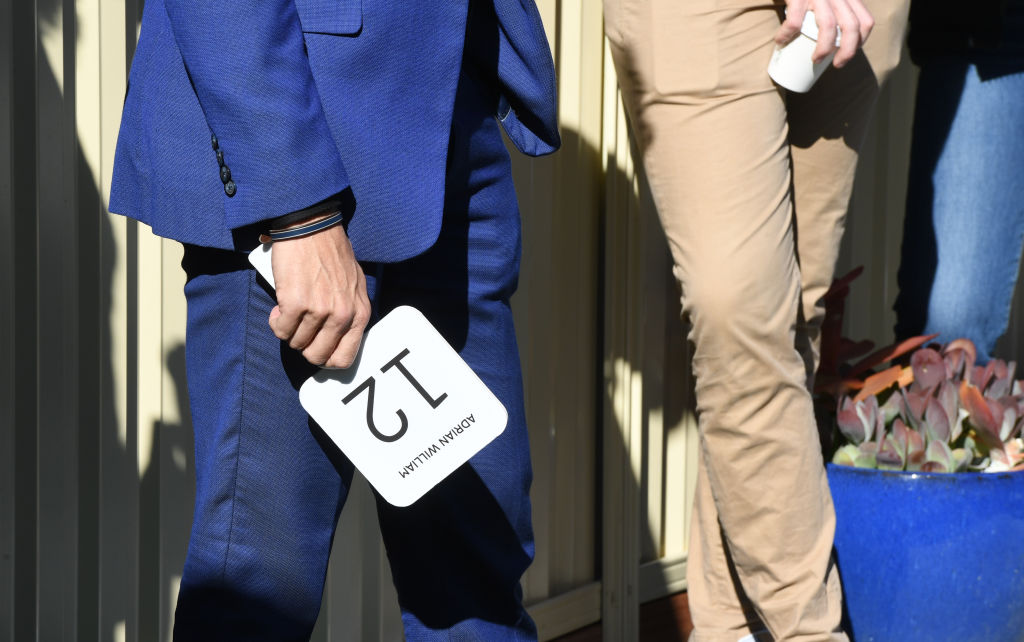
“First-home buyers are relying on the ‘bank of mum and dad’ and are then spending up to $1.2 million on their first home,” Mr Lowe said.
“Those sellers, who are then looking to upsize, have more money from that sale to play with.”
First-home buyers who don’t have the bank of mum and dad to rely on are then pushed further from the city centre.
Suburbs like Gordon in Tuggeranong were among the areas where house price growth outstripped local incomes at $25,887.
“The further south buyers go, the ‘better value’ it is for their money,” Mr Lowe said.
“And because these buyers have already missed out on six auctions, they won’t let it happen again. Once they start missing out on properties, they increase their budgets and then it just becomes a numbers game.
“The more auctions they go to, the better their chances of getting something. It might not be what they initially wanted, but they now need to buy at whatever cost to get back into the market.”
As for the unit market, there was only one suburb where the price growth of units outpaced that of its household income. Barton units earned $19,899 more than the local household income of $135,101.
“Units have had much lower rates of growth compared to the housing market and offered more chances for those wanting to enter the market,” Dr Powell added.
We recommend
We thought you might like
States
Capital Cities
Capital Cities - Rentals
Popular Areas
Allhomes
More
